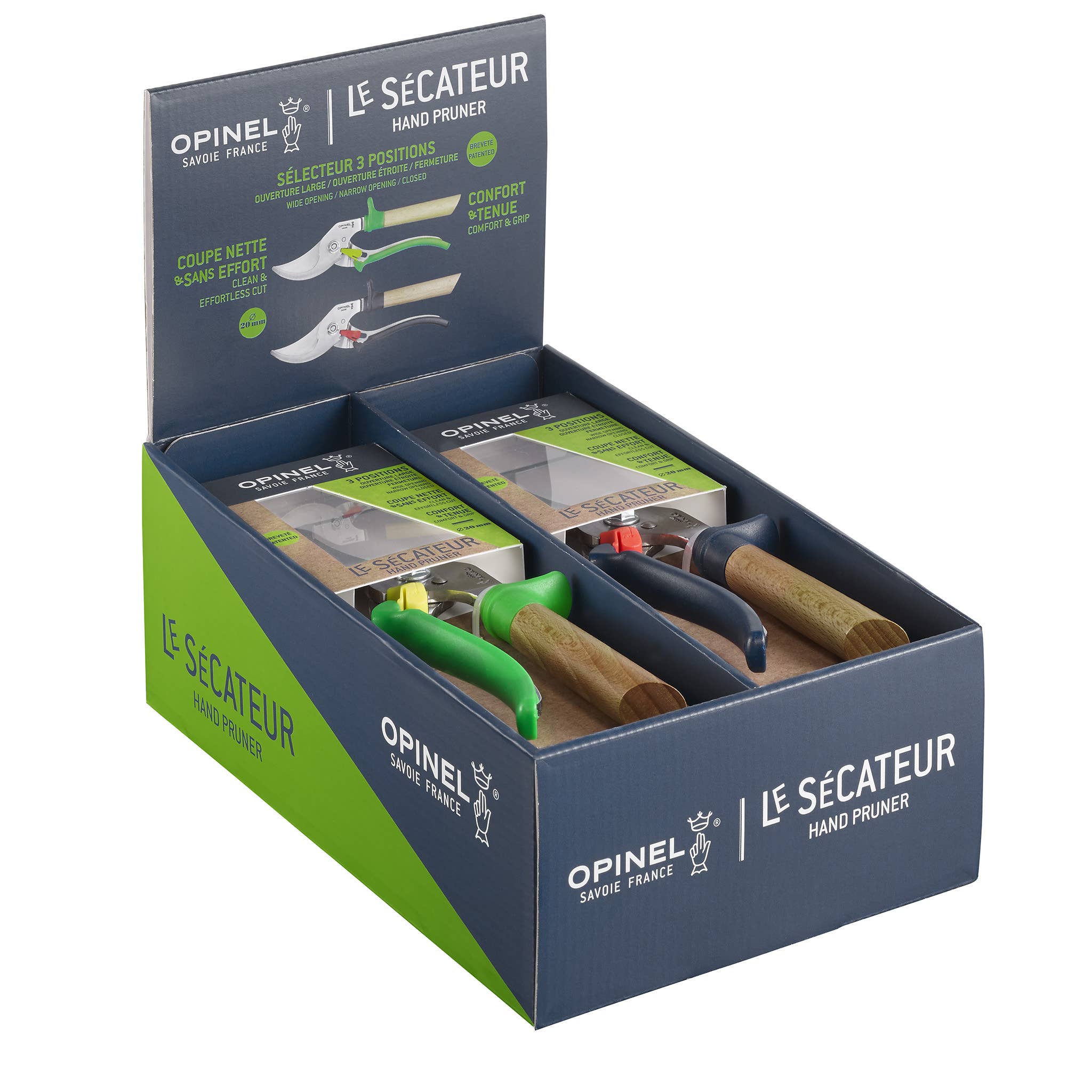The Opinel company has manufactured and marketed a line of eponymous wooden-handled knives since 1890 from its headquarters in Saint-Jean-de-Maurienne, Savoie, France — where the family-run company also operates a museum dedicated to its knives. The company sells approximately 15 million knives annually. Opinel knives are made of both high carbon and stainless steel, the latter being Sandvik steel from Sweden.
Originally sold as a working man's knife, an Opinel knife has become emblematic of French culture, with Pablo Picasso reportedly using one of the company's knives as a sculpting tool.[1] In 1989, the Larousse dictionary cited "Opinel" as a registered trademark.
The History of The Opinel
Joseph Opinel began making knives in 1890 in Savoie, France as a simple working man's or peasant's knife.[2][3][1] It proved popular with the local farmers, herdsmen, and paysans-vignerons (peasant winemakers) of the area.[1][4][5] In 1897, a series of twelve sizes, numbered 1 to 12, was developed.[6] From 1901 to 1903, Joseph Opinel built his first factory in Pont de Gévoudaz and produced a machine for mass production of the knife's wooden handles.[6]
The company hired peddlers to sell the knives and opened a small shop near the Chambéry railway junction, where the knives became popular with PLM railroad workers, who in turn spread word of the brand throughout France.[1][7] By 1909, Opinel had registered his first trademark for the Opinel knife, choosing the main couronnée ("crowned hand") as his emblem.[6] A few years later Opinel annual sales were in the hundreds of thousands, and by the start of World War II as many as 20 million knives had been sold.[8]
The Opinel Virobloc or safety twistlock mechanism was invented by Marcel Opinel in 1955, increasing the safety and versatility of the knife by allowing the blade to be locked in the open position.[1][6] In 2000, the Virobloc locking mechanism was improved to allow locking the blade in either the open or closed position.[1][6]
In 1985 the Victoria and Albert Museum in London selected the Opinel knife as part of an exhibit celebrating the “100 most beautiful products in the world”, featuring the Opinel alongside the Porsche 911 sports car and the Rolex watch.[1] The Opinel was also selected as one of the 999 classic designs in Phaidon Design Classics,[1][6] and has been exhibited by the New York's Museum of Modern Art (MOMA) as a design masterpiece.[1]
It is legal to buy an Opinel in the United Kingdom. However, with the exception of the smaller models with a blade length of less than 3 inches and without a locking mechanism, it is illegal to carry one in public without good reason.
























